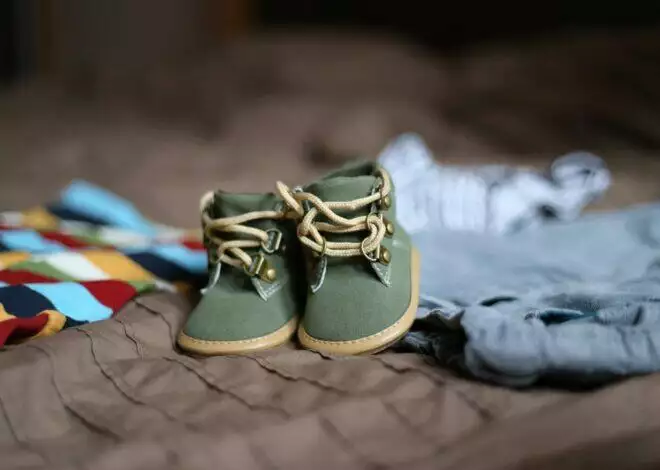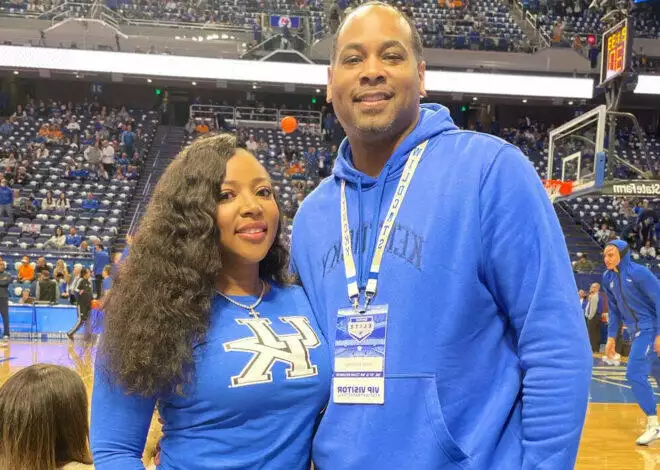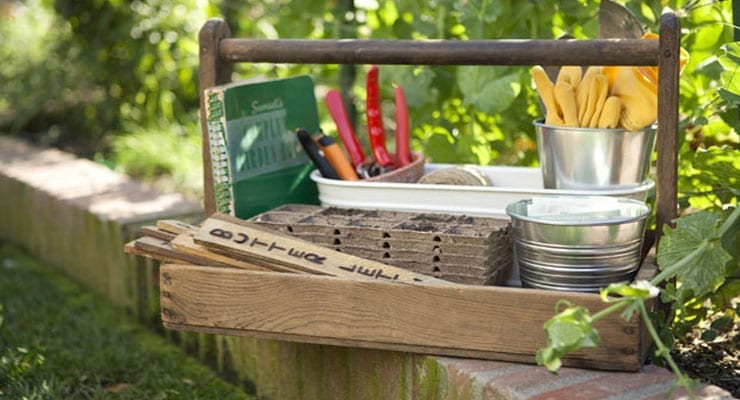The never-ending pile of laundry also drives up energy consumption in the home. Simple changes to your laundry washing and drying routine mean less energy used. This translates to more money saved, a benefit everyone can appreciate. Eco-friendly and budget-friendly laundry techniques don’t require much extra effort or time, making them fit into a family’s busy lifestyle.
1. Wear Clothes Twice
Clothes are often thrown into the hamper, whether or not they are dirty. Some articles of clothing such as sweatshirts or clothing worn for only a short time can be worn two or more times before they are washed. This means less laundry.
2. Wash Full Loads
Full loads in the washing machine consume less energy, but overloading the washer means the clothes probably won’t get completely clean. Adjust the load size on the washing machine to match the amount of clothes you have in the load.
3. Shorten the Cycle
Most washing machines offer different cycles and settings, which vary in length. Choose a shorter cycle for the washing machine, especially if the clothing is delicate or only lightly soiled.
4. Wash on Cold
Washing laundry in cold water saves on energy because the hot water heater doesn’t need to run to heat the washing water. Special detergents made for cold-water washing are available if you are concerned about getting clothes clean. If you want some heat in the water, try the warm setting instead of hot.
5. Water Heater Setting
A lower water heater setting keeps the washing costs lower if you do choose to wash laundry on hot. A lower setting also prevents accidental scalding when using faucets and bathtubs in the house, so it adds a safety aspect. A setting of 120 degrees allows you to get hot water but not too hot.
6. Presoak
Presoaking heavily soiled clothing gives some of the dirt a chance to loosen before the clothes are washed. This step might mean you only need one washing cycle rather than two to get the clothes fully clean. When you add detergent to your load, avoid adding too much, which could require an extra rinse.
7. Remove Lint
A full lint trap reduces the drying efficiency of a clothes dryer. Clean out the lint trap after each load of laundry for maximum drying effectiveness. Check the dryer exhaust periodically to ensure it isn’t clogged.
8. Drying Time
Newer dryers often have a moisture-sensor setting that detects when clothing is dry. This prevents the dryer from running longer than necessary, saving you energy. Less drying time can also save wear on the clothing. If you don’t have this setting on your dryer, set the machine to run for shorter lengths of time. Check the laundry each time the machine shuts off to see if the clothes are dry.
9. Air-Dry Clothes
Air drying your clothes reduces the energy consumed since you skip the dryer step. If you don’t have an outdoor clothesline, use indoor drying racks. Toss the clothes in the dryer for a few minutes with a dryer sheet when they are mostly dry to soften them and add the fresh scent of the dryer sheet.
10. Update Your Washer
Older washing machines and dryers are less energy-efficient than newer models, meaning they use more energy just to run. Older machines might not work as well, causing you to run them through several cycles to get clothes clean. A new model with the EnergyStar rating cuts down significantly on your energy consumption.





